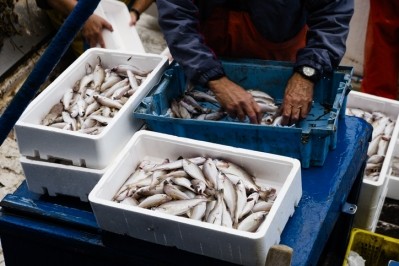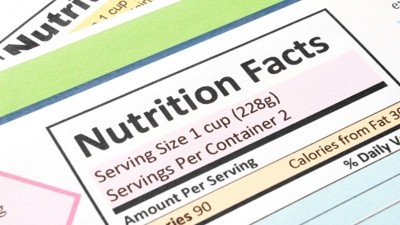Smart packaging problems: Sector still in infancy, hindered by regulations and accuracy issues - academics

This is despite the fact that traditional packaging is not sufficient to meet market demands now, as consumers seek safer foods, longer shelf life products, sustainable packaging material, and the ability to reduce food waste, according to researchers.
New technologies such as smart and active packaging based on biopolymers have been developed to curb these concerns.
Active packaging contains agents such as antimicrobial, antioxidant, emitters or nanoparticles, which would control the oxidation, moisture, or microbial growth. These prolong or maintain the shelf life of foods.
While smart packaging monitors the quality of the packaged food in real time and inform consumers by emitting a signal (colourimetric, optical, chemical, electrical etc). These indicates the freshness of the food in real time.
However, the limitations hindering it from being commercially sustainable include cost, consumers’ acceptance, and confidence, and regulatory aspects (e.g. labelling).
Limitations
Currently, there are no special directive or regulation for active and packaging at this moment, and they have to comply with the Framework Regulation 1935/2004/EC and 450/2009/EC, which is authorised by the European Food Safety Authority (EFSA).
Under 1935/2004, active packaging is allowed in Europe, although not widespread. This was likely due to the average consumer difficulty in understanding new packaging materials.
Safety is another concern. Active and smart packaging material are typically made from synthetic dyes, toxic inorganic and organic compounds, and solvents. These attach to the food packaging and may migrate into the foods, a potential health hazard.
Other hazards could happen from the incorrect usage of the packaging owing to inadequate labeling.
Researchers said in active packaging, the ingredients used should not cause any changes in organoleptic properties or the composition of food. In smart packaging, there should be sufficient labelling to not mislead the consumer, and provide recognition of non-edible portions.
Some active and smart packaging use natural pigments such as anthocyanins, curcumin, betacyanin, carminic acid, carotenoids, and chlorophylls. These pigments change colours according to the temperature, humidity, presence of specific gases, which is then indicated to consumers.
While natural pigments are a safer option to synthetic colourants, one limitation in using natural pigments on an industrial scale is its low stability. It may also react with other substances, including other gases, microbes, metal ions and light.
To overcome this problem, researchers said technologies like nanotechnology can be applied to increase the stability of these pigments.
Other challenges may include the failure to transmit accurate information on product quality and shelf life to consumers, the failure for the material to respond quickly or failure to work, as well as high costs in the commercial application.
Future of packaging
Due to these limitations, their commercialisation is still at the beginning stages. Researchers said such systems must have a high accuracy and precision rate, avoid any false negative.
They recommend more vast validation studies with larger sample sizes.
Advanced guidelines, protocols, and standard testing assays would also support the development of smart and active systems and their future transfer into industrial scale.
Active and smart packaging are likely to be used in the dairy, meat and seafood industry, where the products are highly perishability compared to fruits and vegetables.
Source: Comprehensive Reviews In Food Science And Food Safety
https://doi.org/10.1111/1541-4337.12635
“Smart monitoring of gas/temperature changes within food packaging based on natural colorants”
Authors: Esmaeil Mohammadian, et al.






















